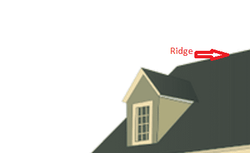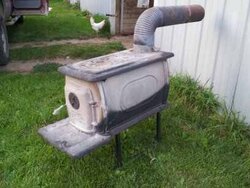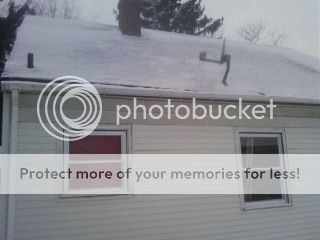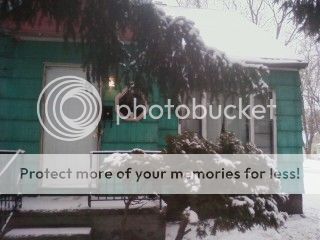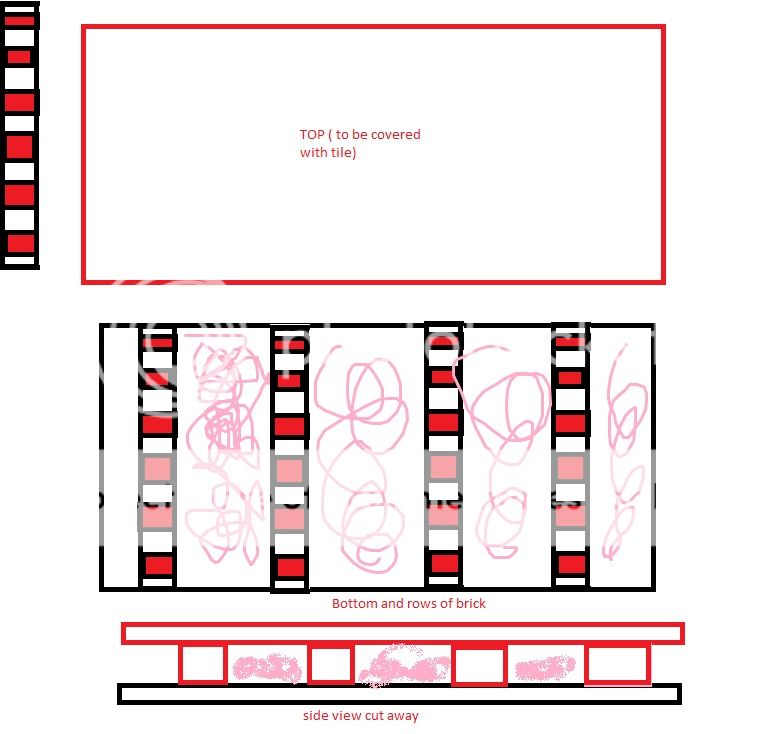Hello I wanted to know if any one has some pics to help me to understand how high my chimney will be on a 9:12 pitch roof.
I am going to install the stove on the first floor going and go through an unfinished portion of the second floor bungalow thereby exiting at the roof near the outer envelope of the home (IE far from gable).
Quick math says 9:12 pitch so 9"pitch at about 10' = a 90" or 7.5' tall chimney?! This seems too high.
An alternatives would be to run it through the finished bungalow and exit closer to the gable. I do not want to do this as i will need more holes and more hardware.
If i could just see a pick of one on 9:12 slope roof that would help.
I am going to install the stove on the first floor going and go through an unfinished portion of the second floor bungalow thereby exiting at the roof near the outer envelope of the home (IE far from gable).
Quick math says 9:12 pitch so 9"pitch at about 10' = a 90" or 7.5' tall chimney?! This seems too high.
An alternatives would be to run it through the finished bungalow and exit closer to the gable. I do not want to do this as i will need more holes and more hardware.
If i could just see a pick of one on 9:12 slope roof that would help.


